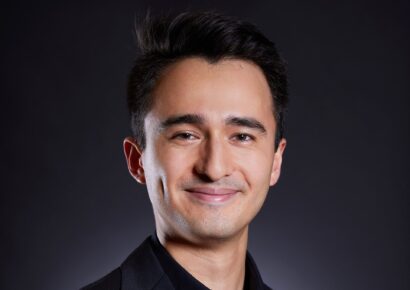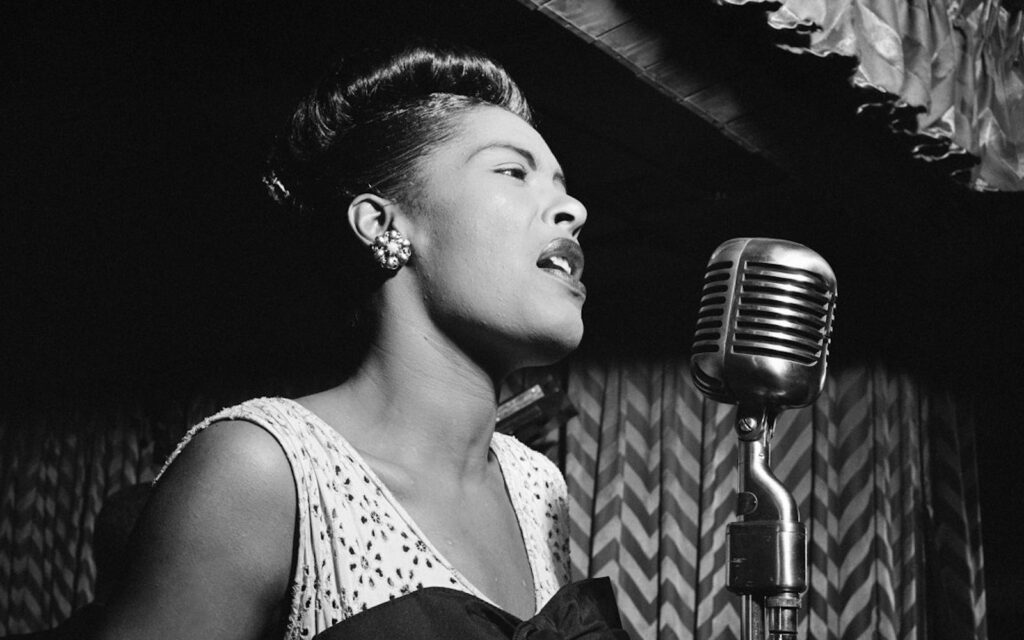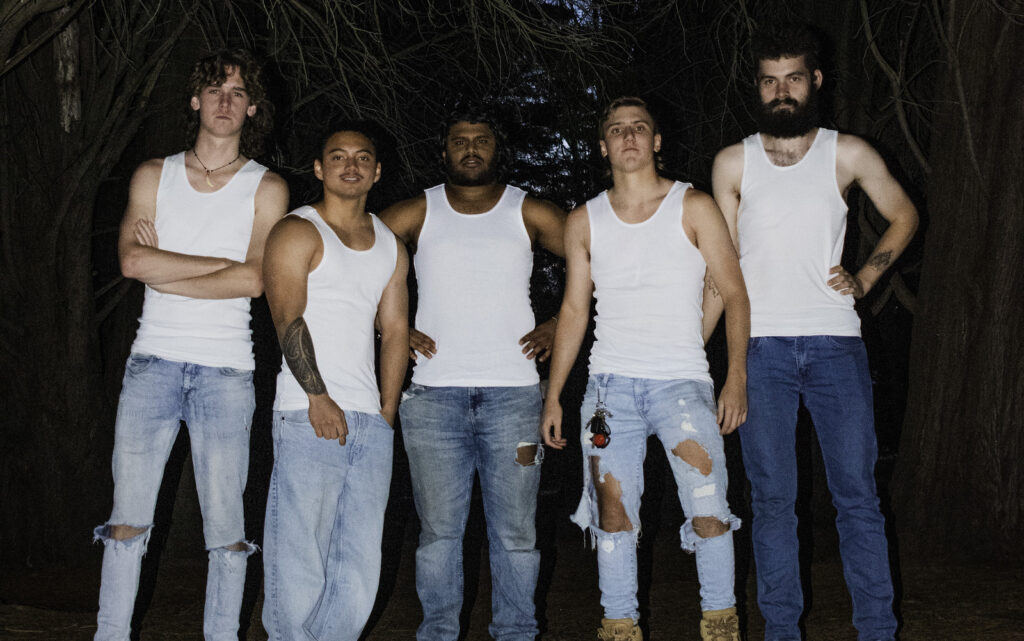We sat down with drummer Jimmy Chamberlin from his home studio to talk about all things Pumpkins, the upcoming tour, their highly anticipated 3-part album ATUM and his journey as a drummer.
With a career spanning over 35 years, The Smashing Pumpkins are one of the most important and revered acts of alternative rock music around the world, and in 2023 are returning to Australia for The World is a Vampire Tour.
Keep up with the latest music news, festivals, interviews and reviews here.
The last time the Smashing Pumpkins were in Australia was for Soundwave in 2015 and we’re really glad to have them back. “I mean we’ve had some great, great shows in Australia, especially early on when we used to do Big Day Out,” says Jimmy Chamberlin.
“That festival was amazing. I remember the first time we did that festival it was Pumpkins, Soundgarden, The Ramones, The Breeders, Bjork…I wanna say Nick Cave might have been on? It was fantastic. It’s such a beautiful country and the people are so nice. It’s always so fun to come down.”
The World is a Vampire Tour, The Smashing Pumpkins have booked local and international bands, such as Jane’s Addiction and Amyl and the Sniffers, but have also included pro wrestlers to the lineup.
“A number of years ago, Billy [Corgan] bought the NWA wrestling franchise, so he’s been involved in kind of rebuilding it. When we started talking about doing the festival, I was the one who suggested we bring in some wrestling because we wanted to make it more akin to the first Lollapalooza which was more of a travelling circus.”
“Besides music, there was a lot of cool peripheral things you could experience. So, we had the idea with the wrestling, and then at some point to bring on like a fortune teller type vibe, and tents you could go into have those metaphysical type of experiences.
“We wanted to bring it back to the original festival as opposed to just music and commerce and merchandise and trying to find water. We wanted things that we’re into and make it more unique for the fans.
The most unique part about listening to Chamberlain play rock is his roots as a jazz drummer in Chicago. “My first gig playing professionally was when I was 15 and I played for two years in a polka band, so it was up-tempo stuff that had to be played very precisely and very quietly.
“One of the gigs I had every Saturday was a half hour television show that aired on Chicago’s Spanish only channel, then I’d play a radio show on Sundays. When I hear myself play, I can hear a lot of that influence as well, just because it’s a lot of fast ride patterns, ghost note syncopation that goes on between the snare drum and bass drum and foot operated hi hat stuff.
“A lot of my early formation was rooted in that polka playing, and obviously I was a huge fan of progressive jazz and rock. My brother was a drummer and he got me into Tony Williams, Lifetime, Jeff Beck Group, Return To Forever…I was playing in a ten piece variety band when I joined the Pumpkins and we would do some pretty cool charts like West Side Story.
“When the Pumpkins started off we were more akin to something like REM than where we eventually ended up, and as we started to explore our capabilities, Billy started to lean on me more heavily to play progressive drumming, and as soon as that door opened, I kinda walked through it and never went back and the band became the band that made Gish and Siamese Dream.
“God bless Billy because he’s always encouraged me to push the envelope, drumming wise, and do whatever I want over his beautiful compositions. It’s always been an incredible musical relationship.”
“Obviously, we’ve had our personal differences over the years, but musically we’ve always been extremely congruent. Even now we talk very little about what’s gonna be played and just allow ourselves to do what we do. If you’ve come to see us two or three times, you’ll notice that Billy never plays the same solo twice and I’ll play a different drum solo in Solara or Silverfuck every night.
“It’s still very much an improvisational architecture that the band is rooted in and that’s what makes it fun. When I think of the band, it’s really about never repeating ourselves, right? We’re more akin to Miles Davis’ type of thinking, where we’ve been there done that and don’t wanna do that again. We wanna challenge ourselves to create new architectures and we’re okay to fail every once in a while, as long as we’re moving the needle artistically.”
With the way he play on records like Siamese Dream and Mellon Collie, it’s clear that Chamberlain has an incredible sense of dynamics with how he can make the drums emote in quiet moments just as much as the loud moments.
“A lot of people just weren’t using dynamics back then. For me, the polka stuff was really rooted in dynamics, where you had to play very sensitively but very quickly and very dynamically. That’s something that very few bands were doing back then.
“Jane’s Addiction and Soundgarden are examples of some bands that were playing dynamically back then. There was a couple of us drummers that were in on the joke of ‘how do we bring drumming out of what was Love and Rockets to more of a prog rock thing where drummers can be drummers again?’ I remember talking to Matt Cameron (Pearl Jam) and Stephen Perkins (Jane’s Addiction) about moving this thing forward and allowing ourselves to have a little bit more self-expression on the instrument.
“Dynamics were a big part of it, right? Bands like REM would play in 2/4 and the drums would never really move dynamically. For us it was really about the tension and release of rock and roll. Like, how do you make a song like Hummer not so monodynamic?
“You can bring people down into a bed of feathers and then launch them into the clouds with a guitar solo. Drums are a great vehicle for that type of stuff and I always felt like dynamics are such a huge part of the music I loved, so I went ‘here’s an incredibly sensitive tool that nobody’s really using’ and we really leaned heavily on the dynamics, especially on Gish, Siamese and Machina.”
This year marks the 30th Anniversary of Siamese Dream. “We play Silverfuck every night and it’s always really hard to play. It’s one of those ones where I’m like ‘this is a young man’s game! Whoever wrote this part was not planning on being 58 playing it someday!’
“It’s one of the parts of the night that I really look forward to because I know that I’ve gotta be on my game. I try to be as improvisational as I can without driving Jack Bates (Smashing Pumpkins tour bassist) nuts.
He claims to love when I play over the bar but it is a tricky part. When you’re young you’re thinking ‘Oh man, I’ve got this crazy riff! I gotta figure out how I can fit it into the song!’ You’d play that beat for any other artist and they’d go ‘can’t you just play like a simple beat?’ But Billy would always be like ‘oh, my God, that beat is incredible! What’s going on over there?’.
“It’s always one of those things where you’ve gotta be careful what you stumble into because you’ll end up having to replicate it for the rest of your life.”
On April 21, the Smashing Pumpkins are releasing ATUM, an Epic Rock Opera in 3 Acts in full. With the first two acts already released digitally, we asked Jimmy Chamberlin to give us a teaser of what to expect on the third act of the album and how it compares to the other two.
“It’s a little heavier and a little quieter at the same time. I think the last part is a little more dynamic as the end of a story would be. The whole thing was such a long journey for Billy and I; 33 songs over two and a half years. I sat with the entire album for two months writing drum parts here in my studio. I started sending him stuff at the beginning and he just told me to stop sending him drum stuff.
“I asked him ‘don’t you wanna hear if they’re any good or not?’ And he said ‘they’ll be fine.’ So I just showed up to the studio in Nashville, recorded my parts and he was like ‘yeah, good.y We didn’t talk that much about the music, but I knew what he was looking for and it was a little strange to go in there and bare it all out there and have him go ‘Yeah that’s great, that’s great.’
“You have to listen to the whole album altogether – which I know is a laborious process – but the last part is where the dynamics coagulate and the story starts to get crystallised along with the music. The songs were so fun and intricate to play.
“I didn’t wanna show up to the studio with a bunch of charts or notes so I made sure that I played everything enough times. I showed up with no notes and recorded all 33 songs from memory and that’s the best way to do it. You’re that familiar with the material, you’re inside of it, the moves are there and now you can just emote in the way that you want to sell the song.”
Get your hands on tickets to Smashing Pumpkins The World Is A Vampire Festival by heading here.







